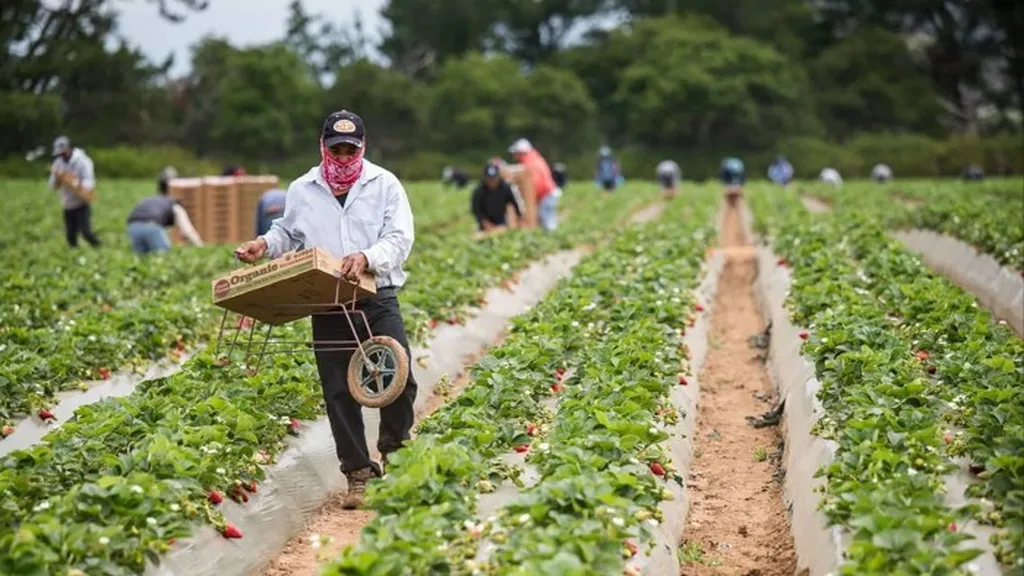In the heart of China’s Sichuan province, researchers are unraveling the intricate dance of nature that could revolutionize strawberry farming worldwide. Yali Li, a scientist at the Institute of Remote Sensing and Digital Agriculture, Sichuan Academy of Agricultural Sciences, is leading a team that’s shedding light on the factors controlling runner formation in strawberries—a discovery that could reshape the agritech landscape.
Strawberries, a crop beloved by consumers and a significant player in the global fruit market, rely heavily on asexual reproduction through runners for propagation. These runners, which develop from axillary buds, are crucial for cultivation. However, the environmental and genetic factors governing their formation have remained a mystery—until now.
Li and her team have found that long-day photoperiods and higher temperatures are key to inducing runner formation in most strawberry varieties. “We’ve discovered that certain everbearing cultivars even exhibit enhanced runner formation under short-day conditions,” Li explains. This finding could open up new possibilities for strawberry cultivation in regions with shorter daylight hours.
The research, published in the journal *Agronomy* (translated to English as “Field Cultivation Science”), also delves into the hormonal regulation of runner outgrowth. Gibberellin (GA), a plant hormone, is indispensable for runner bud outgrowth, with cytokinin and auxin working synergistically to regulate this process. “Understanding these hormonal interactions is like unlocking a new language that plants use to communicate their growth strategies,” Li says.
Genetically, the team found that GA biosynthesis genes strongly influence runner formation. Transcription factors such as LAM, SOC1, and HAN have been identified as key regulators, although the genetic control of runner formation in cultivated octoploid strawberry cultivars is not yet fully elucidated.
The implications of this research are vast. By understanding the environmental and genetic regulation of strawberry runner induction, farmers and agritech companies can develop more efficient propagation techniques. This could lead to increased yields, improved crop resilience, and expanded cultivation areas, ultimately benefiting the global strawberry market.
Li’s work is just the beginning. As she puts it, “Our findings provide a theoretical foundation for artificial control of runner formation, paving the way for future innovations in strawberry cultivation.” With further research, the dream of year-round strawberry production, regardless of geographic location, could become a reality.
In the ever-evolving world of agritech, Li’s research stands as a testament to the power of scientific inquiry. As we continue to decode the secrets of plant growth, the future of agriculture looks brighter—and sweeter—than ever before.

